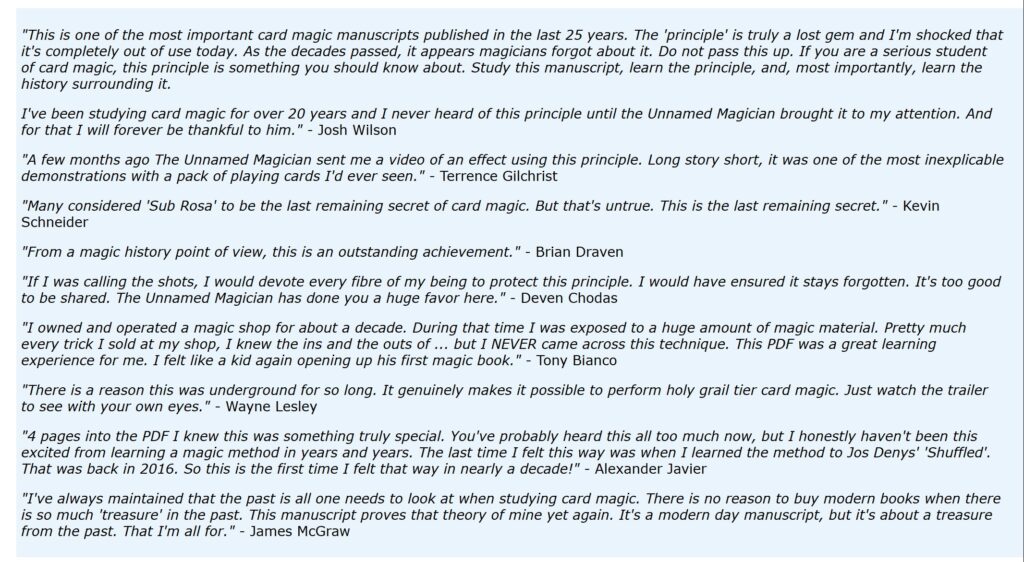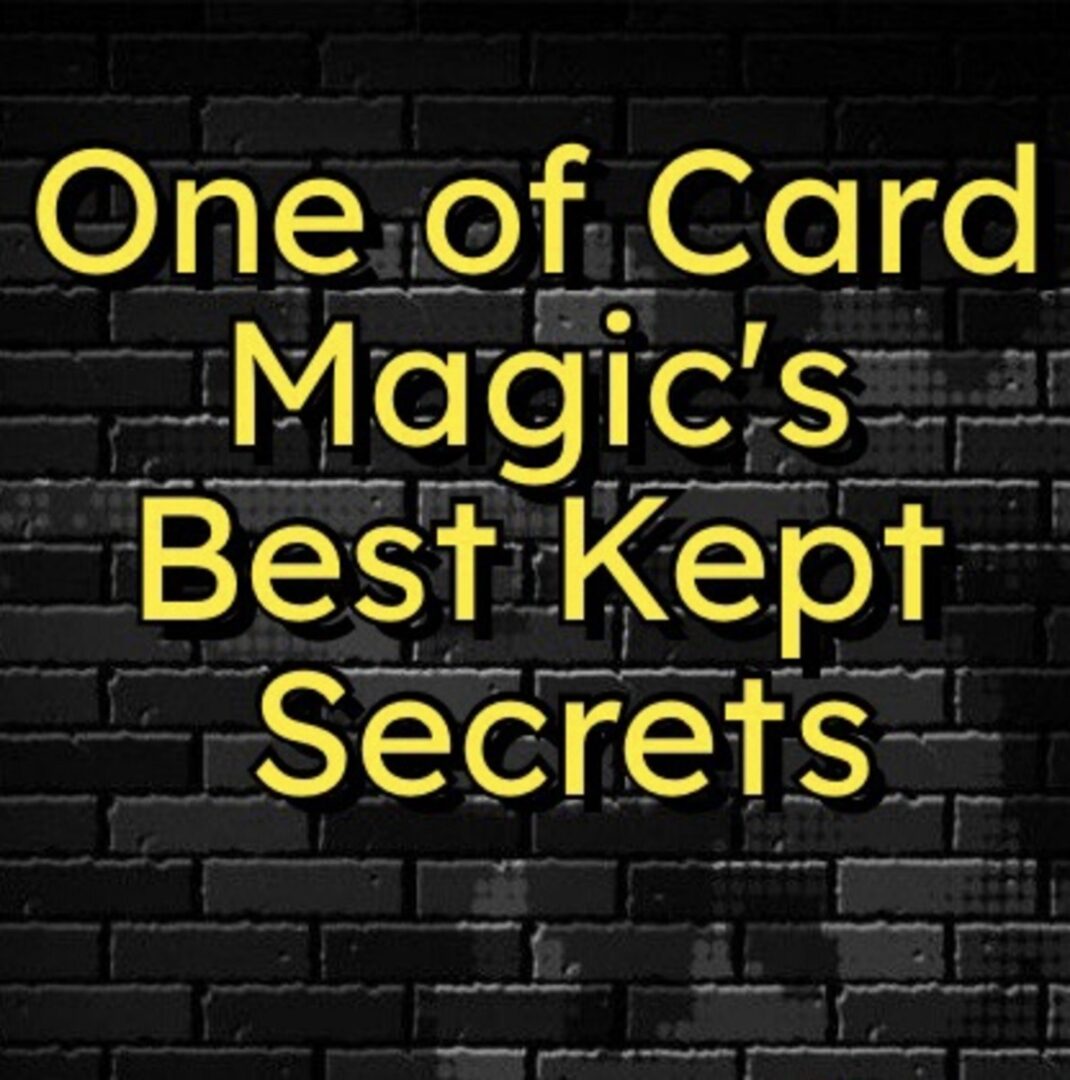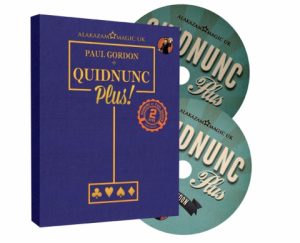Sale!
Unnamed Magician – One of Card Magic’s Best Kept Secrets (official PDF + Video) Access Instantly!
$8.99
Premium Streaming & Downloading experience via erdnase directly!
Description
PDF will have our watermark + hidden marks . Since this product is very exclusive we would like to be able to track the leak. Sharing this product with others will lead to complete deletion of your erdnase account and blacklist of your payment information. Please buy this product ONLY if you agree to those conditions.










